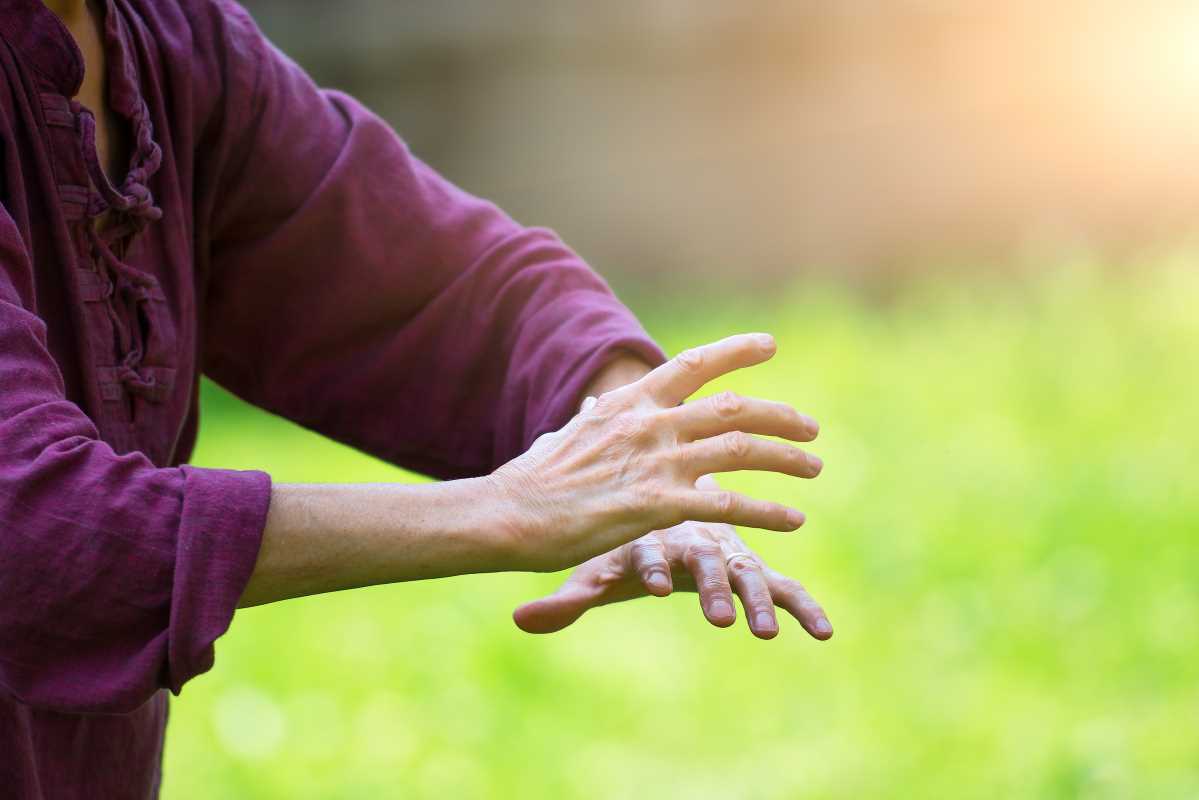Imagine feeling more steady on your feet and moving with ease, no matter your age or fitness level. That’s the magic of Tai Chi, a centuries-old practice that blends gentle movements with mindful focus. Originally developed as a martial art in ancient China, Tai Chi has evolved into a form of exercise that promotes physical health, mental clarity, and emotional well-being. While it’s known for many benefits, two of the most celebrated are its ability to improve balance and increase flexibility.
Whether you’re looking to reduce the risk of falls, ease joint stiffness, or simply move more gracefully, Tai Chi might be the perfect activity for you. This article dives into how Tai Chi works, the science behind its benefits, and how you can get started.
What Is Tai Chi?
Often called “meditation in motion,” Tai Chi involves a series of slow, flowing movements accompanied by deep breathing. Unlike high-intensity workouts, Tai Chi focuses on controlled, deliberate movements. This makes it suitable for people of all ages, including those with limited mobility or chronic health conditions.
Each movement in Tai Chi is designed to flow seamlessly into the next, creating a sense of harmony between your body and mind. The practice also emphasizes posture, balance, and alignment, making it an excellent choice for improving overall physical function.
Types of Tai Chi
There are several styles of Tai Chi, and each has its unique emphasis:
- Yang Style: The most popular and widely practiced style, featuring large, graceful movements.
- Chen Style: Combines slow, flowing motions with fast, snapping movements.
- Wu Style: Focuses on micro-adjustments and smaller movements.
- Sun Style: Known for its smooth, upright postures and is particularly suitable for older adults.
No matter the style you choose, the health benefits remain consistent, especially when it comes to balance and flexibility.
How Tai Chi Improves Balance
Balance is something many people take for granted until it starts to decline, often with age or due to injury. Maintaining good balance isn’t just about staying upright; it’s also about being able to move confidently and avoid falls. Tai Chi gently trains your body to improve balance in several ways:
1. Strengthens the Core and Lower Body
Tai Chi requires you to maintain a stable center of gravity while shifting weight between your feet. This strengthens the muscles in your core, legs, and hips, all of which are critical for balance. For example, holding poses like "Golden Rooster Stands on One Leg" helps improve coordination and stability.
2. Enhances Body Awareness
Tai Chi encourages you to focus on how your body moves and aligns, a concept known as proprioception. Improved body awareness makes it easier to catch yourself if you trip or stumble, reducing the risk of falls.
3. Boosts Coordination
The flowing sequences in Tai Chi involve coordinated movements of the arms, legs, and torso. Practicing these patterns helps fine-tune your motor skills and reaction time.
Real-Life Impact
Studies show that Tai Chi significantly lowers the risk of falls in older adults. One study published in the Journal of Aging and Physical Activity found that Tai Chi practitioners experienced fewer falls than those who didn’t practice. The National Institutes of Health (NIH) has also highlighted Tai Chi as a key activity for people seeking to maintain or restore balance.
How Tai Chi Improves Flexibility
Flexibility isn’t just about touching your toes; it’s essential for everyday activities like bending, reaching, or twisting. Tai Chi promotes greater flexibility by gently stretching muscles and increasing range of motion in joints.
1. Encourages Gentle Stretching
Many Tai Chi movements involve slow, deliberate stretches that keep your muscles engaged without overstretching. For example, movements like “Wave Hands Like Clouds” and “Repulse the Monkey” gently extend your arms, legs, and spine.
2. Reduces Joint Stiffness
Tai Chi’s fluid motions are particularly helpful for people with stiff joints from conditions like arthritis. The movements lubricate the joints and promote circulation, which can ease discomfort and improve mobility.
3. Improves Posture
Good posture contributes to flexibility by keeping your muscles and joints properly aligned. Tai Chi constantly emphasizes upright posture and controlled movements, which prevent strain and enhance your ability to move freely.
Real-Life Impact
A study conducted by the Arthritis Foundation found that people with arthritis who practiced Tai Chi experienced significant improvements in flexibility and joint function. Similarly, research published in Physical Therapy noted that regular Tai Chi practice enhances both dynamic and static flexibility.
Mental and Emotional Benefits That Support Physical Gains
The benefits of Tai Chi don’t stop with the body. Its focus on mindfulness and breathing can enhance your mental and emotional well-being, which in turn supports balance and flexibility. Here’s how:
- Reduces Stress: Stress often causes muscle tension and stiffness, making movement more difficult. Tai Chi’s calming nature helps release physical tension.
- Improves Concentration: Focusing on slow movements trains your mind to stay present, which improves your ability to coordinate motions and maintain balance.
- Boosts Mood: The sense of accomplishment from mastering a new sequence can improve self-confidence and encourage a positive outlook.
How to Get Started with Tai Chi
If you’re ready to give Tai Chi a try, here are some simple steps to begin:
1. Find a Class
Look for beginner-friendly classes in your area or online. Many community centers, gyms, and senior centers offer classes tailored to different skill levels.
2. Dress Comfortably
Wear loose, breathable clothing and supportive, flat shoes. Tai Chi is all about freedom of movement, so comfort is key.
3. Start Slow
Tai Chi is not about competition or perfection. Take your time learning the movements and focus on the flow, rather than trying to master every detail immediately.
4. Practice Regularly
Consistency is what makes Tai Chi effective. Aim for at least 15–30 minutes daily or a few longer sessions each week.
5. Enjoy the Process
One of Tai Chi’s greatest benefits is its meditative nature. Allow yourself to relax, breathe deeply, and fully experience the movements.
 (Image via
(Image via





